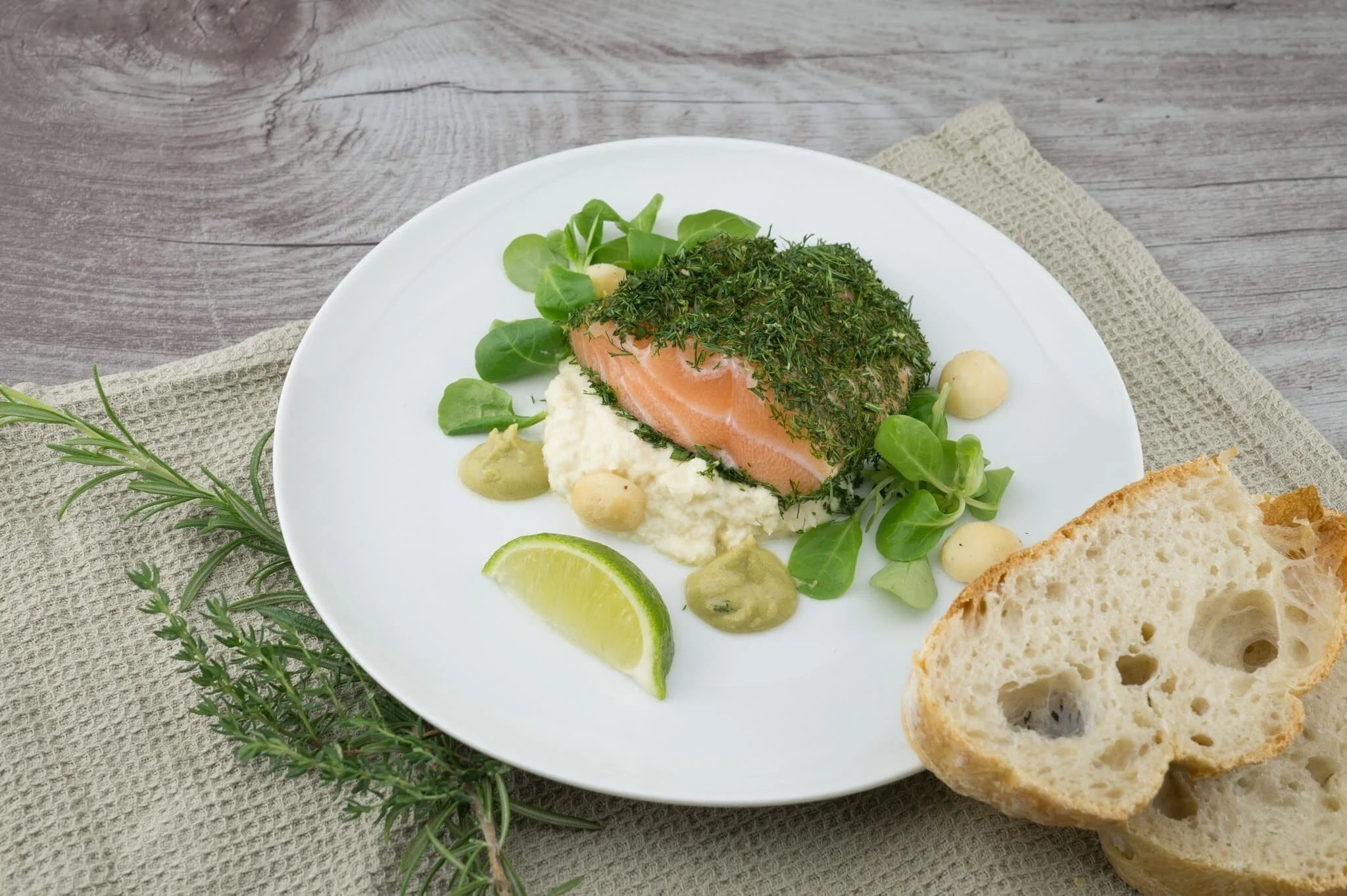Regulate your blood sugar using the glycaemic index
There are so many dietary recommendations out there – paleo, vegan, high-carb, high-fat, ketogenic … Add to this our sugar-obsessed culture, and easier-than-ever access to processed foods, and it’s little wonder we’ve lost our way with food!
Diet-related diseases, like diabetes, heart disease and cancers, are soaring, unabated, and we’re so laden with conflicting nutrition advice, we don’t know how to begin striving for better health.
Fad diets aside, there is one definitive way you can reduce your risk of diet-related diseases and experience greater wellbeing, and that is by balancing your blood sugar. Fortunately, this can be achieved through diet alone, by choosing foods with a low glycaemic index (low-GI).
Err, what’s a glycaemic index?
Don’t tune out! Once you understand the glycaemic index and its impact on blood sugar levels, it’s easy to see why low-GI is the way to go. And it’s quite easy to get your head around a blood sugar-friendly diet (think minimal white stuff – sugar, bread, rice, potatoes – unless you’re talking fennel and cauliflower. You can go to town on those).
The glycaemic index is a rating given to all foods, denoting how quickly they’re digested by the body. Quickly digested foods are higher on the glycaemic index – these spike your blood sugar rapidly. If you eat high-GI foods, often, they can trigger blood sugar problems and disease.
The properties influencing a food’s glycaemic index are, its sugar content, how processed it is (think white flour and sugar) and its fibre content (whole fruit has a lower-GI than fruit juice, as juicing removes fibre).
How you choose to combine foods is equally important – healthy fats and proteins, and some low-GI foods, can lower the glycaemic index of a meal, even where it contains some high-GI ingredients.
The glycaemic index relates only to carbohydrates, which convert to blood glucose. Fat and protein have no GI-value as they do not raise blood sugar. Low-GI foods take longer to digest, prompting a slow, prolonged energy release, which won’t spike your blood sugar.
Low-GI foods fill you up quicker, and for a longer time, reducing those between-meal cravings. Consider how much apple juice you’d need to drink before feeling full, compared to eating four or five apples in one sitting – if you could even eat that many apples!
Add protein and fat to a low-GI diet
On a low-GI diet, your calorie intake from carbohydrates will plummet. Your fibre and nutrient intake will increase, which is super, but you’ll need to add healthy fats and proteins to your diet to keep you full. It might seem like you’re eating too much fat but, with experimentation, you’ll strike the right balance of low-GI fruits and vegetables, protein and fat.
Fat is metabolised differently to protein and carbs and does not produce lactic acid. Excess lactic acid makes your body sorer, more inflamed and at increased risk of muscle injury, due to fatigue. A diet rich in fats will reduce inflammation and improve energy, but only if you choose the right ones. Healthy fats include olive oil, avocado, nuts and seeds (and their oils), grass-fed meats, pasture-raised eggs and coconut oil and yoghurt. Avoid vegetables oils, margarine, deep fried foods and processed foods.
Glycaemic index? Glycaemic load? What’s the difference?
The glycaemic index measures how quickly foods are converted to blood sugar, while glycaemic load measures how much of a certain food will impact your blood sugar. The glycaemic load is concerned with quantity, where glycaemic index pertains to quality. It figures that many high-GI foods have a high glycaemic load.
The glycaemic index prescribes which carbs are best, if you’re trying to stabilise your blood sugar, or heal from diabetes naturally. It does not account for how many low-GI carbs you’re eating. Too many carbohydrates, even the low-GI variety, can wreak havoc with your blood sugar: enter the glycaemic load (GL).
Avoid high-GI and high-GL foods – most processed foods fit this description. Some foods sit high on the glycaemic index but have a low-GL – combine these with proteins and fats to curtail their effect on blood sugar, you need not shun them, entirely.
If your meal features high-GI grub, balance your dish with two low-GI vegetables, a small hit of protein and a decent whack of fat. Stir fry your fave meat and veggies in coconut oil, add avocado and a little rice. Season with salt, pepper and your choice of spices and et voila – a filling, balanced, flavourful meal.
What sits where on the glycaemic index?
Now you know that low-GI = good and high-GI = not so good, let’s add some numbers to the mix, so you know what to look for. When you know which number values constitute low, medium and high on the glycaemic index, it’s easy to see where certain foods are perched on the scale.
Glycaemic index levels
High-GI: 70–100
Medium-GI: 50–70
Low-GI: below 50
Glycaemic load levels
High-GL: 20+
Medium-GL: 11–19
Low-GL: 10 or less
A quick Google will reveal the GI and GL values of virtually any carbohydrate. I’ve compiled the values of many common foods, download it here. (coming very soon)
The benefits of a low-GI diet are wide-ranging – stabilise your blood sugar without medication, lower your risk of insulin resistance and type-2 diabetes, enhance your mood and energy, feel full for longer and ward off snacky cravings, reduce body inflammation and the demands placed on your organs to keep you healthy, improving long-term health. What’s not to like? You needn’t have symptoms of unstable blood sugar to benefit from low-GI foods.





